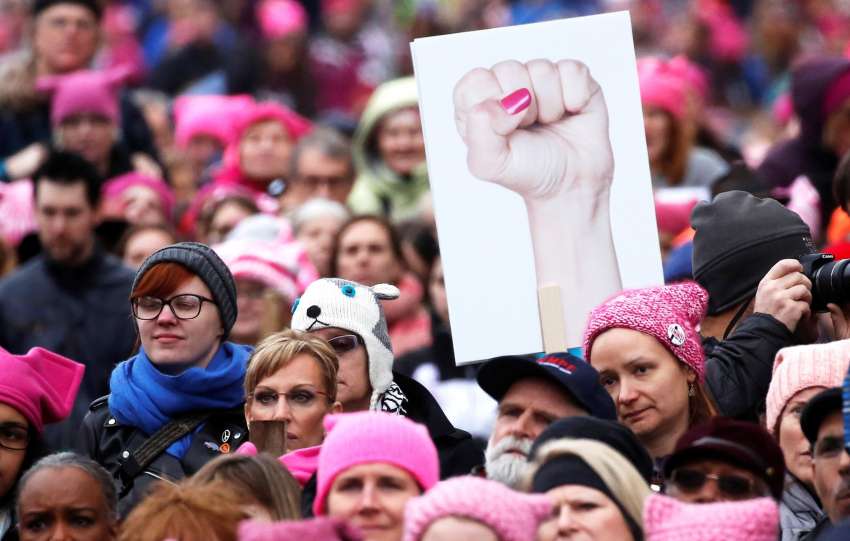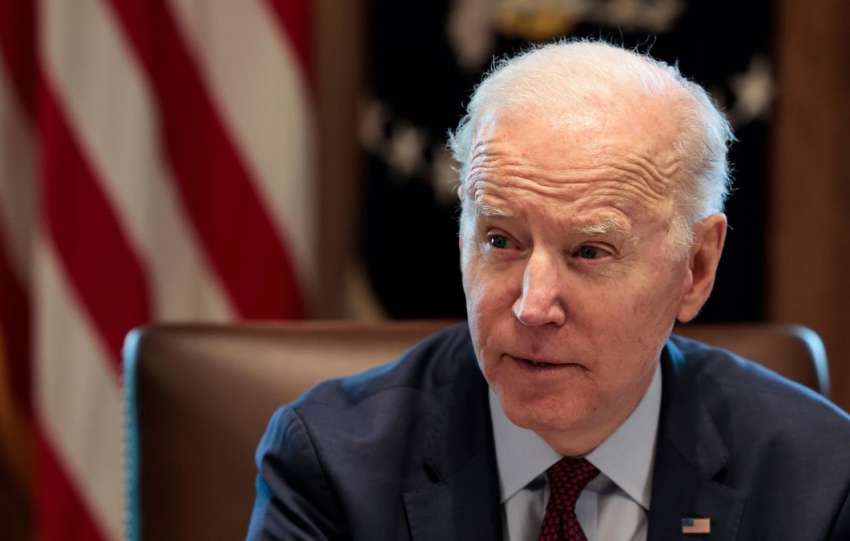Around 900 million voters in India will cast their votes to elect a new government next month. It’s the world’s largest democratic election, and the stakes are incredibly high. Let’s know more about the Indian election in 2019.
India follows the parliamentary system of governance devised in Britain, known as the Westminster model. India’s parliament has two houses: the lower house which is known as the Lok Sabha, and the upper house which is known as the Rajya Sabha. The lower is the one where people choose their own representatives.
All Indian age 18 and over are eligible to vote, and the party that gets the most seats chooses the next prime minister. The general election in India is held on a scale unlike anywhere else in the world since the country – the world’s largest democracy- is about five times the size of Texas. It will be a lengthy, six-week process, which ends on May 19. India ‘s new government will be formed on May 23.
The two main parties competing in these elections are the BJP, led by Prime Minister Modi, and the Congress Party, led by Rahul Gandhi.
Modi has often spoken about selling tea to make a living before joining politics, as a mark of his humble origins. Before his entrance to the political stage, Modi was a member of the Rastriya Swayamsevak Sangh (RSS), a Hindu nationalist organization. Modi served as the chief minister of India’s western state of Gujarat for 13 years before the 2014 general election swept his party into power with majority win that had not been seen in the last 30 years and catapulted him into national leadership as the prime minister. Many may call him an anti-Muslim or a Hindu with extremist tendencies, but Narendra Modi has proved his mettle in a number of tough conditions. Modi government has tried to radically change how governance works in India. Demonetization and GST are among the most radical moves. Politically, BJP has expanded its footprint across India during the past four years. It had a government in seven states in May 2014 – the Modi government was sworn in on May 26. Today, it either heads the government or is part of the ruling coalition in 22 states. The BJP manifesto promises emphasis on national security, zero tolerance against terrorism and the creation of sustainable job opportunities.
In the 2014 elections, there were a total of 464 political parties and more than 8,000 candidates. These 2,143 political parties have registered, but not all will field candidates.
What are the key issues?
Hundreds of millions of Indians have escaped poverty since the turn of the millennium but huge challenges remain. Under Mr. Modi, the world’s sixth-largest economy appears to have lost some of its momenta. Although annual GDP growth has hovered at about 7%, unemployment is a major concern. Unaspiringly both parties have targeted the rural poor in their campaign manifestos. The BJP has promised a minimum income scheme for the country’s 50 million poorest families. Farm income has also stagnated because of a crop glut and declining commodity prices, which have left farmers saddled with debt.
National security is also in the spotlight this election after a suicide attack by a Pakistan-based militant group killed at least 40 paramilitary police in Indian-administer Kashmir in February. India then carried out an unprecedented airstrike in Pakistan. Since then, national security is a key plank in the election campaign.
 The election process is an incredibly complex “festival of democracy” in India
The election process is an incredibly complex “festival of democracy” in India
The polling process, which will cover all of India’s 29 states and seven union territories, is a mammoth undertaking. The election commission of India, an autonomous constitutional authority, is responsible for administering the entire process. The size and scale of the elections can be grapes by the numbers involved. More than 1 million polling booths are being set up all over India. The maximum distance from the booth for each voter will be a little over a mile. The election will take place in seven phases, meaning there are seven different dates when people will get to vote. The dates will be specific to the region where voters are located, allowing people and resources to be moved around. Millions of poll workers, police and security personnel are deployed in cities, towns, villages, and hamlets. Counting will start on May 23, and results will be declared the same day.
In 2014, according to the estimates of the Election Commission, the cost of the entire process was about $552 million. One study estimates that the 2009 election cost around $2 billion. It estimates the sum more than doubled to $5 billion in 2014 and predicts another doubling this year.
The world’s biggest democracy will soon hold what’s likely to be one of the world’s costliest election. Let’s wait and watch!







